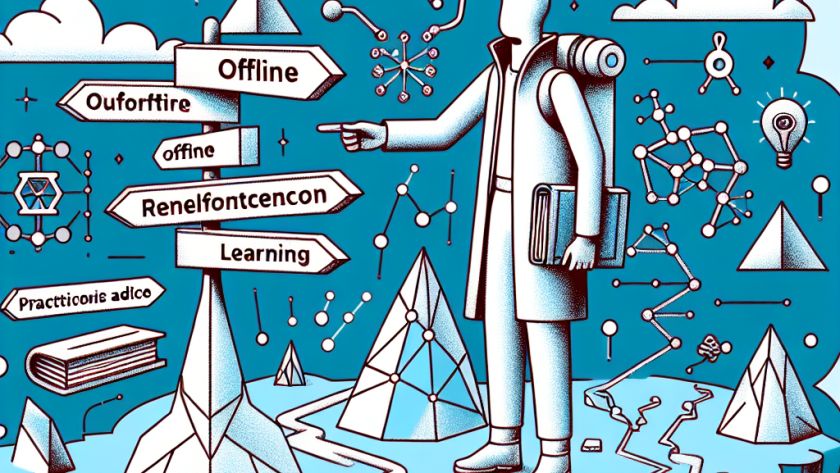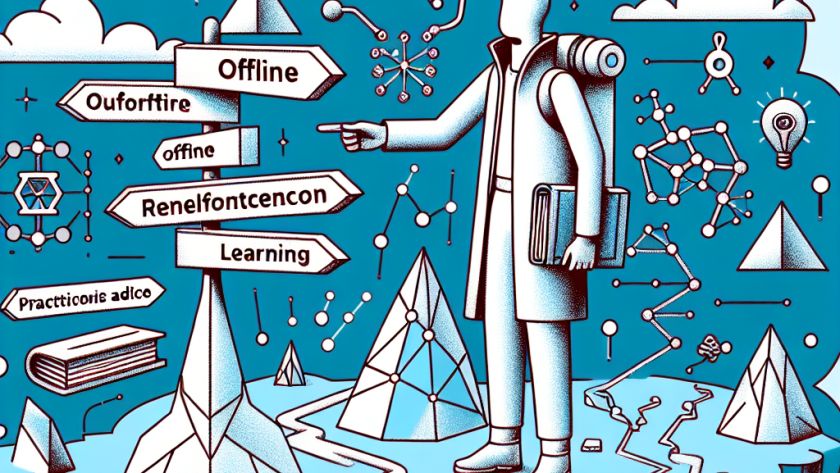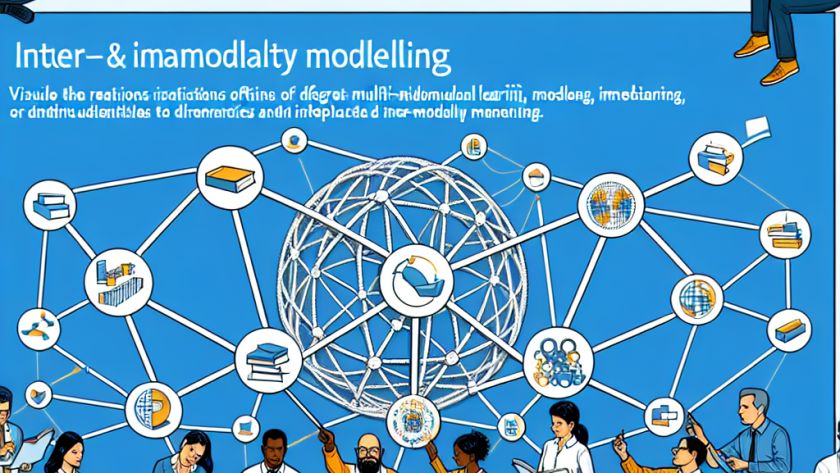Machine learning has progressed significantly with the integration of Bayesian methods and innovative active learning strategies. Two research papers from the University of Copenhagen and the University of Oxford have laid substantial groundwork for further advancements in this area:
The Danish researchers delved into ensemble strategies for deep neural networks, focusing on Bayesian and PAC-Bayesian (Probably…












